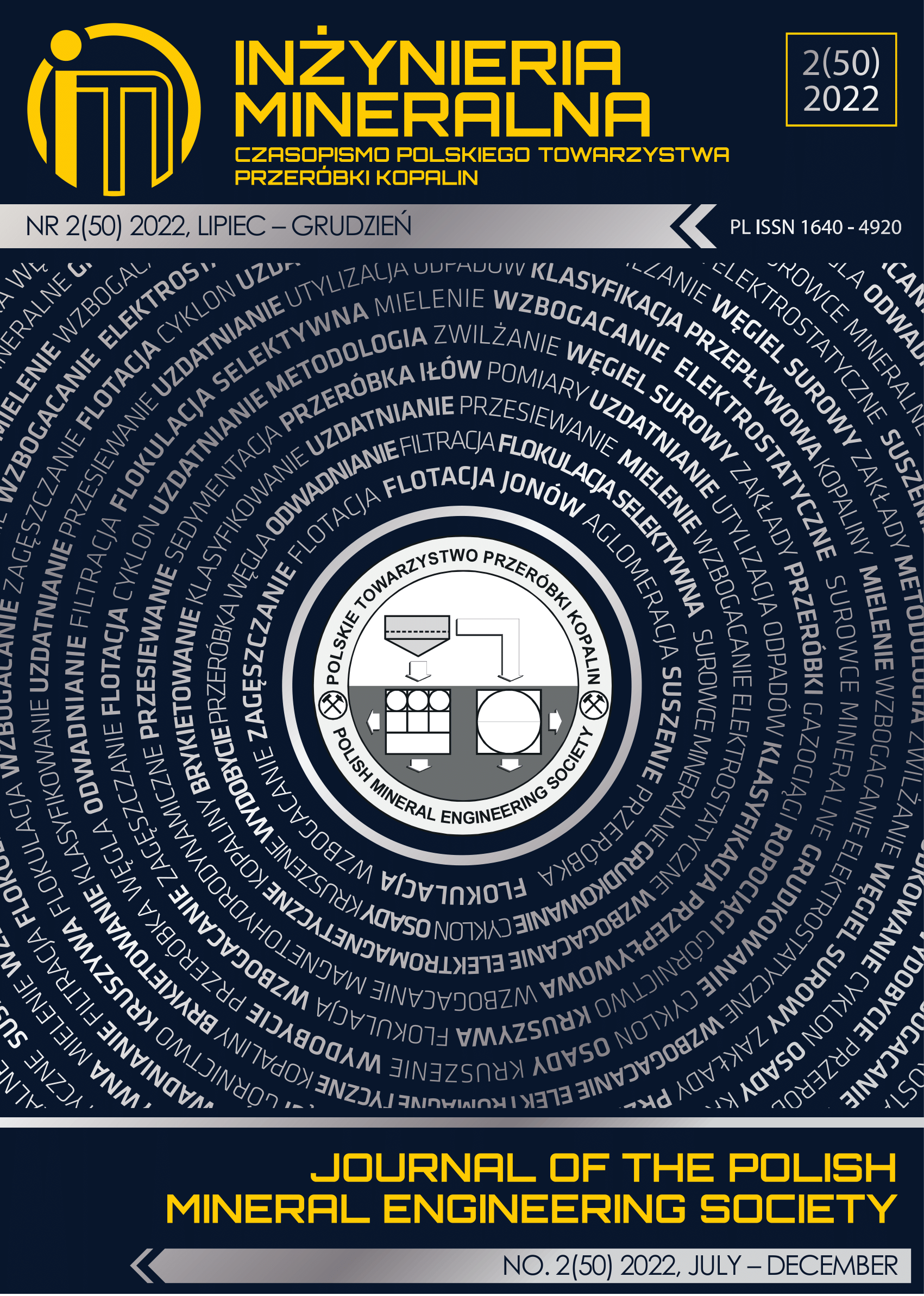Raw Water Quality Assessment for Improvement Plan at Thu Duc Water Treatment Plant, Vietnam
Abstract
A conventional water treatment process is currently operated at Thu Duc Water Treatment Plant (TDWTP, Ho Chi Minh City, Vietnam) in which raw water is collected from Dong Nai River at Hoa An water intake and pumping station. The raw water quality is currently fluctuated due to the effects of run-off flows which has been increasing recently. This issue directly affects the operation and performance of existing treatment process at TDWTP since the current treatment are all based on traditional technologies and have been operating for a long time. This study is conducted to evaluate the quality of raw water collected at Hoa An intake station during the period of 2018–2020 with the aim to support the consideration of improvement and enhance the operation efficiency at TDWTP. The raw water quality is evaluated by investigating physico-chemical and biological parameters during the 36 months monitoring. This helps to produce a feasible and reliable results which may then can be used as a scientific database for the improvement plan at TDWTP. Results show that the changes of water quality during the investigated time is so complicated, and the concentration of most monitoring parameters is highly seasonal fluctuated. Specifically, the amounts of organic matters, microorganism, nitrogen compounds (NH4+, NO2-, NO3-) tend to increase strongly, which may be due to the urbanization and industrialization. The management of run-off flows on upstream of water intake and pumping station is also an important aspect which need to be considered to prevent the diffusion and spread of pollution. In addition, the effects of climate changes are the important reason which leads to the seasonal changes of flow and water quality. These issues cause a big challenge for TDWTP to maintain the treatment efficiency and overall performance. This study also proposes several management and technical solutions to address the changes of raw water quality in the future, which may be useful for TDWTP during their consideration to improve the treatment process.
This journal permits and encourages authors to post items submitted to the journal on personal websites or institutional repositories both prior to and after publication, while providing bibliographic details that credit, if applicable, its publication in this journal.







.png)
